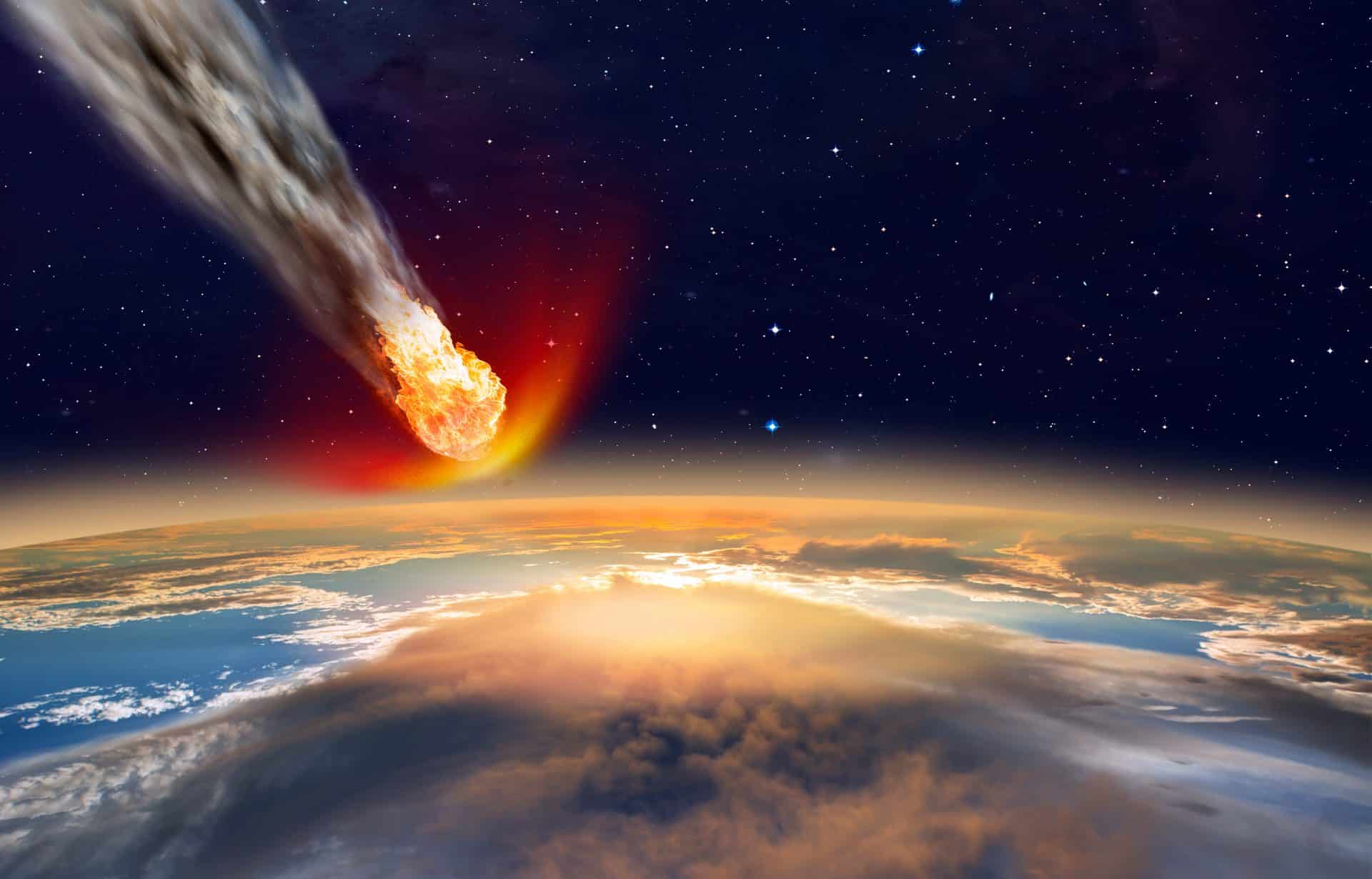Impact craters are caused when the planet is struck by solid objects travelling at high velocity, producing shock waves and the compression of material to form a circular crater.
In impacts with large objects, material can be displaced and ejected to form a crater when significant volumes of excavated material from both the object and the body impacted is melted and vaporised.
Across the history of our planet, around 190 terrestrial impact craters have been identified that still survive the Earth’s geological processes, with the most recent event occurring in 1947 at the Sikhote-Alin Mountains of south-eastern Russia.
The largest of these events occurred at Vredefort in the present-day Free State province of South Africa, where an asteroid thought to have been approximately 10–15 km in diameter impacted the planet during the Paleoproterozoic Era around 2.023 billion years ago.
This left a crater roughly 300 km in diameter, and a geological feature known as the “Vredefort Dome”, consisting of a partial ring of hills 70 km in diameter as a remnant of the rebound of rock below the impact site after the collision.
Another large event known as the Sudbury Basin occurred in Ontario, Canada during the Paleoproterozoic era around 1.849 billion years ago. A bolide (an extremely bright meteor like the recent Chelyabinsk meteor in Russia) approximately 10–15 km in diameter collided with the Nuna supercontinent, creating a crater around 130 km in diameter.
One of the most familiar events was the Chicxulub impact, when a large asteroid or comet about 11 to 81 km in diameter struck the Yucatán Peninsula in Mexico during the Cretaceous–Paleogene boundary (commonly known as the “K–Pg boundary”), slightly more than 66 million years ago.
The impact left a crater around 150 km in diameter and is widely believed to have caused the Cretaceous–Paleogene extinction, a mass extinction in which 75% of plant and animal species on Earth became extinct, including all non-avian dinosaurs.
Interactive Map of Earth’s Asteroid and Meteor Impact Craters – Zoom in on each event to view the impact crater.
View Full Screen Map – Click Here
Header Image Credit : muratart – Shutterstock





